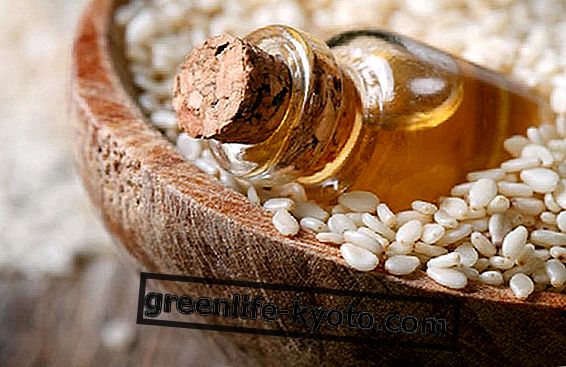
The cervical
The cervical (or cervicalgia ) is configured as a localized pain at the neck, which often radiates towards the arms and shoulders. The cervical causes vision problems, tingling and numbness, neck stiffness, tachycardia, dizziness, morning stiffness. The disorder is due to an altered mechanical structure of the cervical region, often due to cold strokes, sudden movements, inadequate posture, exaggerated and prolonged stress.
Compared to traumatic events, cervical cases caused by muscular tensions that are appreciated on palpation in the form of "nodules" or "cords" are more common. Other causes that can occur and trigger discomfort: the degeneration of the intervertebral discs, the alteration of the adjacent vertebral bodies, the stenosis of the vertebral canal. Can cervical massage therapy help?
Cervical massage therapy
Cervical massage therapy does not focus directly on the muscle affected by pain. Instead, it evaluates the interest of the entire anatomo-functional area and treats the latter through different physiotherapeutic techniques. Therefore, soft tissue is activated, by applying pressure to the tissue in question, while the fibers are stretched to follow their anatomical alignment. Correct pressure must be maintained while the fabric is moved or detached from the underlying, thanks to the movements of the therapist or of the subject himself. The work of stretching and localized movement is functional for the separation of the fibers or adjacent muscle groups, which are bound by cicatricial formations.
There are three different ways to perform soft tissue massage: passive, active and under load. While in the active mode and under load the patient performs the movement, in passive mode the operator moves on the muscle. In this way a state of general relaxation is obtained, a preliminary condition for a good treatment. This is also why passive mode precedes each treatment.













